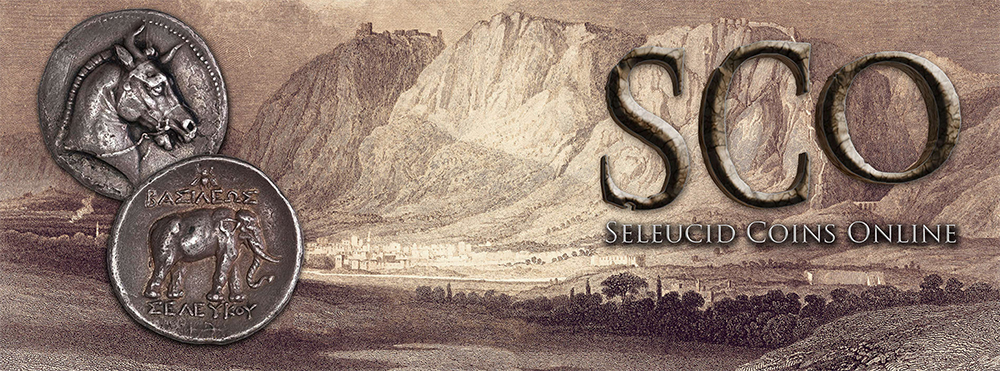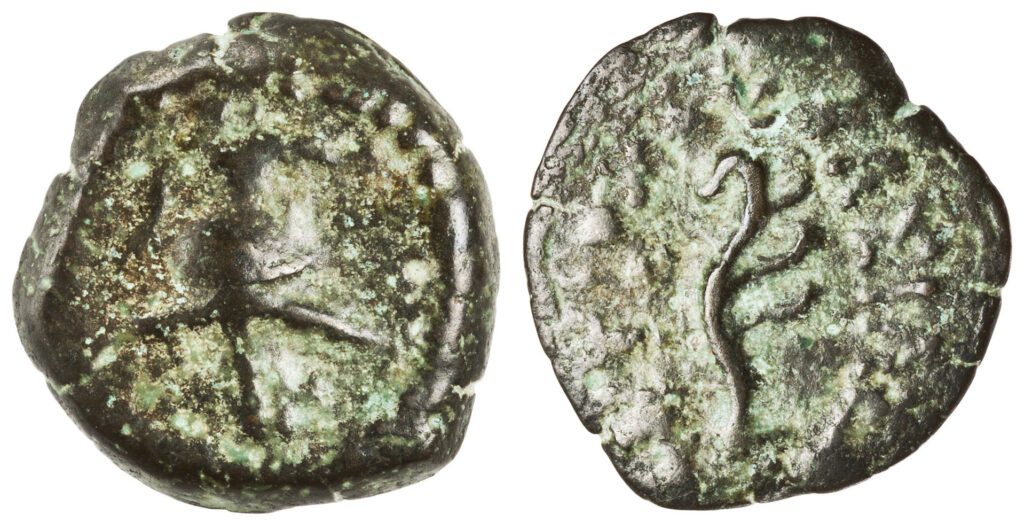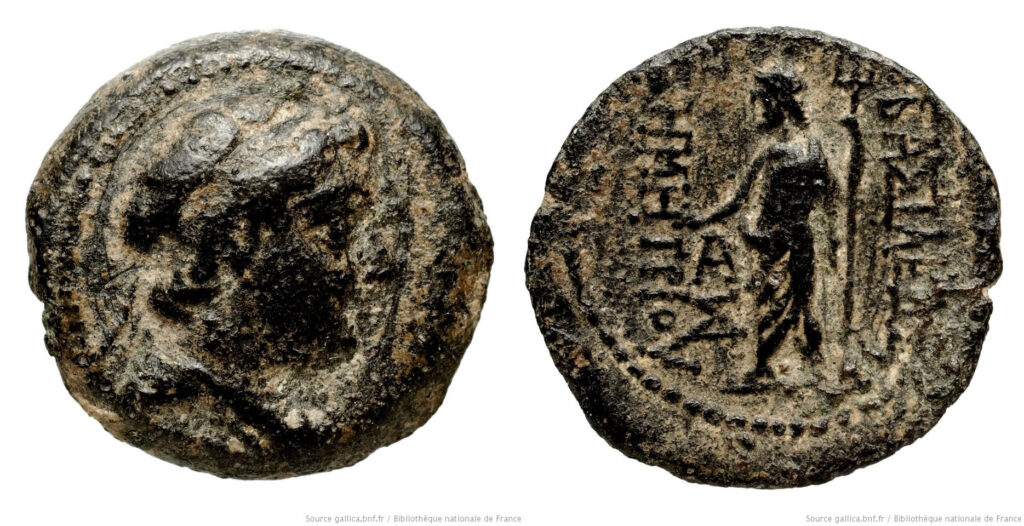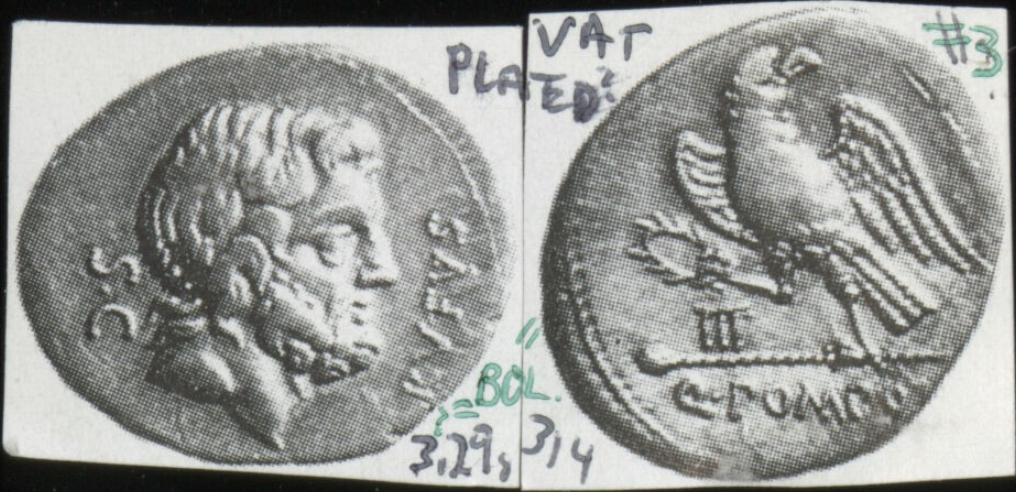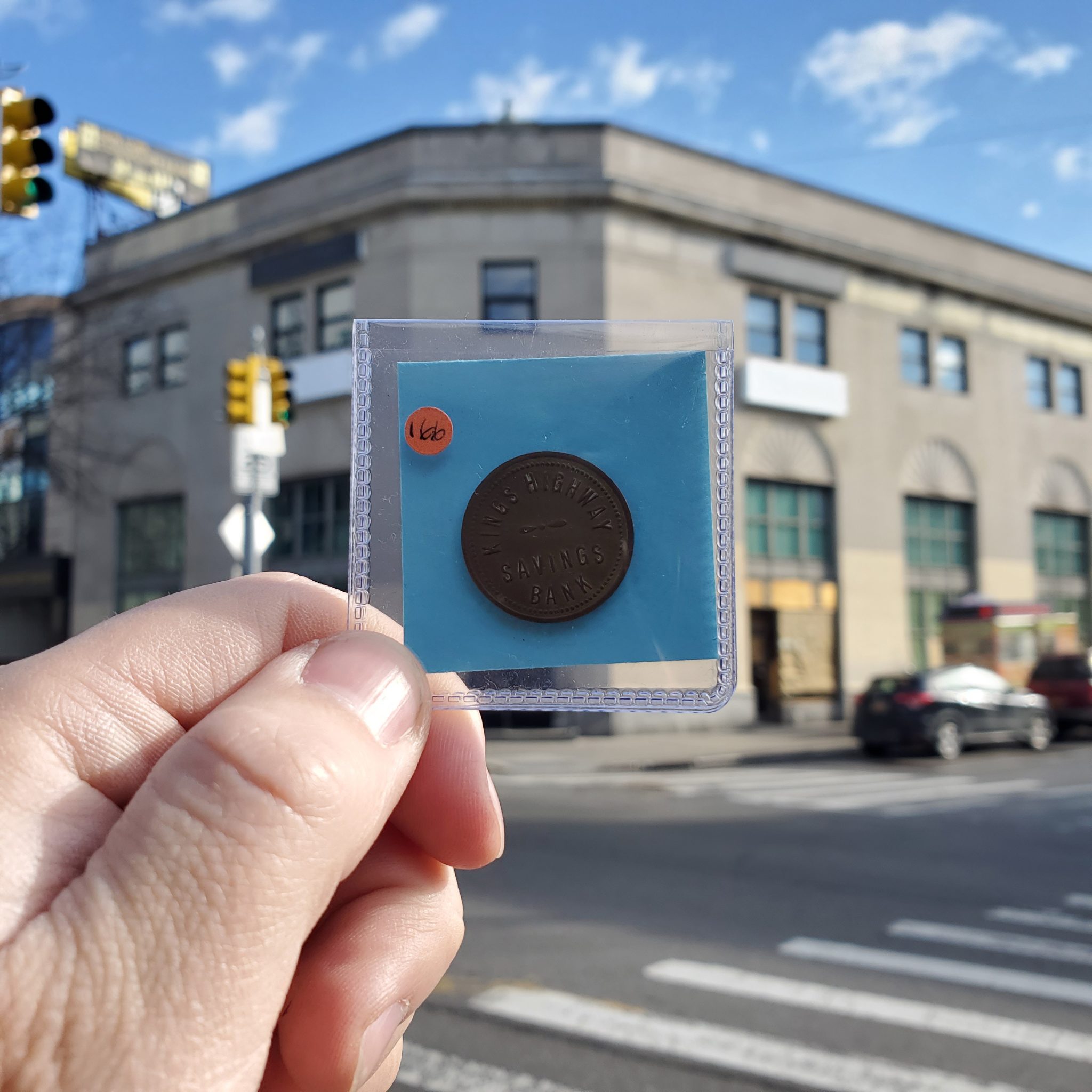Seleucid Coins Online as a Clearinghouse for New Information
As work continues apace to add monograms to the coin data presented in Seleucid Coins Online (SCO) (as well as for PELLA and PCO), it seemed worthwhile to point out a feature that is swiftly becoming one of the major benefits of SCO to students of Seleucid numismatics. Whereas in the past it has been necessary to wait for the arrival of new publications in order to learn of discoveries impacting attribution, the notes field in SCO now makes it possible to provide information on new attributions almost as soon as it becomes available.
In an article that appeared in the ANS Magazine last year (“Is there a Santa Claus? The Story of Seleucid Coins Online”), I noted that it had been possible to reattribute a tetradrachm from Antiochus Hierax (c. 242–227 BC) to Antiochus III (223–187 BC) and from the Hellespont to Phrygia based on a new die link reported by a collector—a fact included in the notes fields of the linked types, SC 860 and SC 1001. Since then, even more new evidence for reattributions has been coming to light and duly marked in the notes fields of the relevant types. In this way, researchers using SCO are instantly apprised of modifications to the attributions originally published in Seleucid Coins, A Comprehensive Catalogue in 2002 and 2008.
Numismatists interested in SC 2122, a bronze coin of Antiochus VII Sidetes (138–129 BC) featuring helmet and aphlaston types (Fig. 1), will discover in the notes field accompanying the type in SCO that in the 2019 volume of Israel Numismatic Research, D. T. Ariel presented new find evidence that strongly points to Jerusalem as the issuing mint. Based on more general provenance information, SC 2122 was described circumspectly as a “Bronze Issue of Southern Coele Syria” in Seleucid Coins, Part 2, but the large number of specimens Ariel shows to have been found in the environs of Jerusalem, now make that city the most likely mint for this issue. He further supports attribution to Jerusalem by pointing to the use of types that would be inoffensive to a Jewish audience—a feature also found on SC 2122, a type of Antiochus VII long associated with Jerusalem—and the subsequent reuse of a similar helmet type for bronze coins of the Hasmonaean High Priest John Hyrcanus I following the secession of Judaea from the Seleucid Empire (Fig. 2).
SC 1932 is a bronze type struck in the first reign of Demetrius II Nicator (145–143 BC) that was only known from two examples when Seleucid Coins, Part 2, was published in 2008. One was obtained by Henri Seyrig and subsequently entered the collection of the Bibliothèque nationale de France (Fig. 3) and the other appeared in the second Houghton collection of Seleucid coins (CSE 2, 519). The great rarity of the issue may be gauged by the fact that the Society’s own Seleucid numismatic superstar, Edward T. Newell, seems not to have owned an example. At least, if he had ever possessed one, it did not make it into the ANS collection with the rest of his vast Seleucid collection. Based primarily on the reverse type depicting Poseidon and Seyrig’s deep interest in Syria, it was suggested in Seleucid Coins that this issue was probably struck at Laodicea by the Sea. However, in light of a report by David Hendin last week of a third specimen of SC 1932 offered for sale by a dealer in Ashkelon (ancient Ascalon) raises serious doubts about the attribution to Laodicea. A rare bronze coin ostensibly from a city of the Syrian Tetrapolis seems a little out of place at a southern Israeli port city. Instead, it seems more likely that the tentative mint attribution in Seleucid Coins is incorrect and that SC 1932 was actually struck at Ascalon. This suspicion is further supported by the letters A/Σ that appear in the left field and match the first two letters in the city ethnic of Ascalon. These same letters also occur on Seleucid quasi-municipal bronze issues of Ascalon struck by Demetrius’ predecessor, Alexander I Balas (152–145 BC), and his rival, Antiochus VI Dionysus (144–c. 142 BC). With the new provenance information included in the notes, anyone researching SC 1932 will be made instantly aware of the probable reattribution.
All of this shows that over time, Seleucid Coins Online really does have the potential to become a true virtual clearinghouse for Seleucid numismatic information and the ultimate source for up-to-date attributions superseding those given in the print volumes of Seleucid Coins, A Comprehensive Catalogue.


